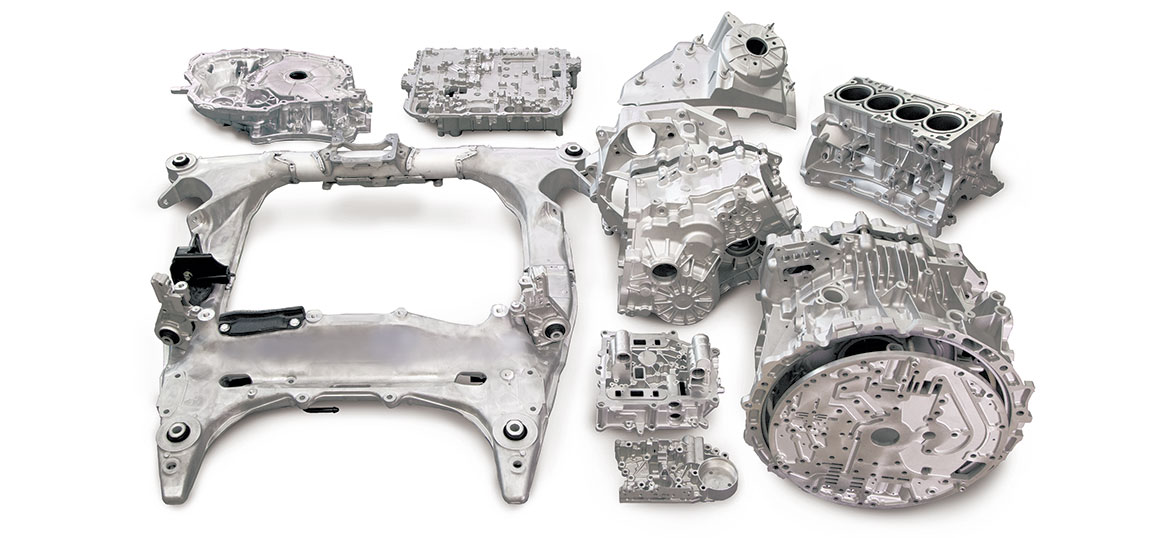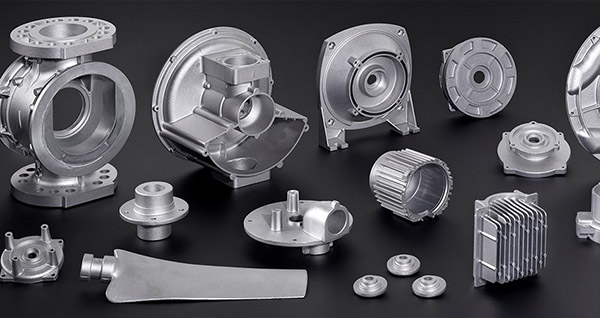
Diecasting is the process that begins by creating molds, also referred to as a"die," and generally is constructed from reinforced steel. The mold is designed to stand up to the temperatures and pressures involved when diecasting. When the die is in place the molten metal, which is typically made up of aluminum, magnesium, zinc or copper is heated to it's liquid stage and is injected into the mold with high pressure. The pressure is kept up until the metal solidifies, insuring that the solidified metal completely fills the mold with fine design and thin walls. When the metal has been cooled and has solidified, the mold is removed and the completed component is removed. This process allows for superior accuracy and consistency for the manufacturing of metal parts.
One of the most significant advantages of using diecasting is its effectiveness in large-scale production. Once the dies are created it is possible to have the process repeated numerous times with minimal deviation between parts. It is important to repeat the process for businesses that need large amounts of homogenous components. In addition, diecasting is recognized for its efficiency in manufacturing. This process produces lower waste as compared to other methods of metal forming in that any leftover metal can be recycled and reused. It not only lowers the cost of material but also promotes the use of sustainable manufacturing methods. The speed and accuracy of diecasting makes it a great alternative for the production of large volumes of parts quickly and consistently which allows manufacturers to adhere to tight schedules for production and market demands.
Diecasting's flexibility is evident in its widespread use across various industries. In the automotive industry For instance diecasting is a key component when it comes to the manufacture of engine components such as transmission housings, transmission components, and the rest of the structural parts. The components are benefited by the strength and endurance offered by diecasting, as as the ability to produce components that are lightweight, which can improve the efficiency of fuel. In the aerospace sector it is essential to have high-strength, lightweight components is critical as is diecasting's accuracy and properties of the material necessary for the most demanding of applications. Consumer electronics depend upon diecasting for the production of durable and precise housings and internal parts, which ensures the quality and durability of gadgets. The medical, telecommunications, and power tools industries illustrate the broad applicability and significance of diecasting for modern manufacturing. To gather further details please check out Senadiecasting

Diecasting's versatility extends to a wide array of uses. Within the automotive sector Diecast parts are utilized for transmissions, engines and structural elements, which can contribute in the reduction of weight and energy consumption of vehicles. For electronics, diecasting is utilized to make housings and heat sinks and connectors to ensure optimal thermal management and durability. Appliances for the home, power tools and even toys profit from the precision and effectiveness of diecasting as it produces components that range from knobs and handles and internal components. Its flexibility to various metals as well as its capability to produce parts with intricate design make it suitable for a wide range of sectors, each benefiting from the distinctive advantages of diecasting.
Diecasting is a crucial manufacturing process that enables the manufacture of precise, high-quality metal parts across a wide range of industries. The ability of diecasting to produce intricate shapes that have tight tolerances and smooth finish makes it indispensable for applications requiring intricate details and consistent high-quality. The efficiency and cost-effectiveness of diecasting add to its value, supporting mass production while keeping high quality standards. As technology advances and demand for durable robust, lightweight and long-lasting components expands, diecasting will remain the foundation in modern manufacturing. This will lead to the development of new technologies and a higher level of production.